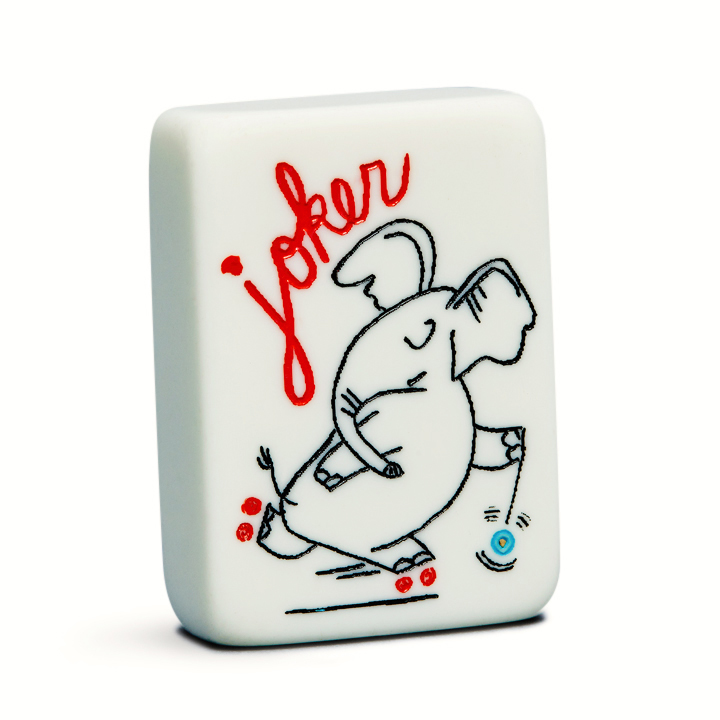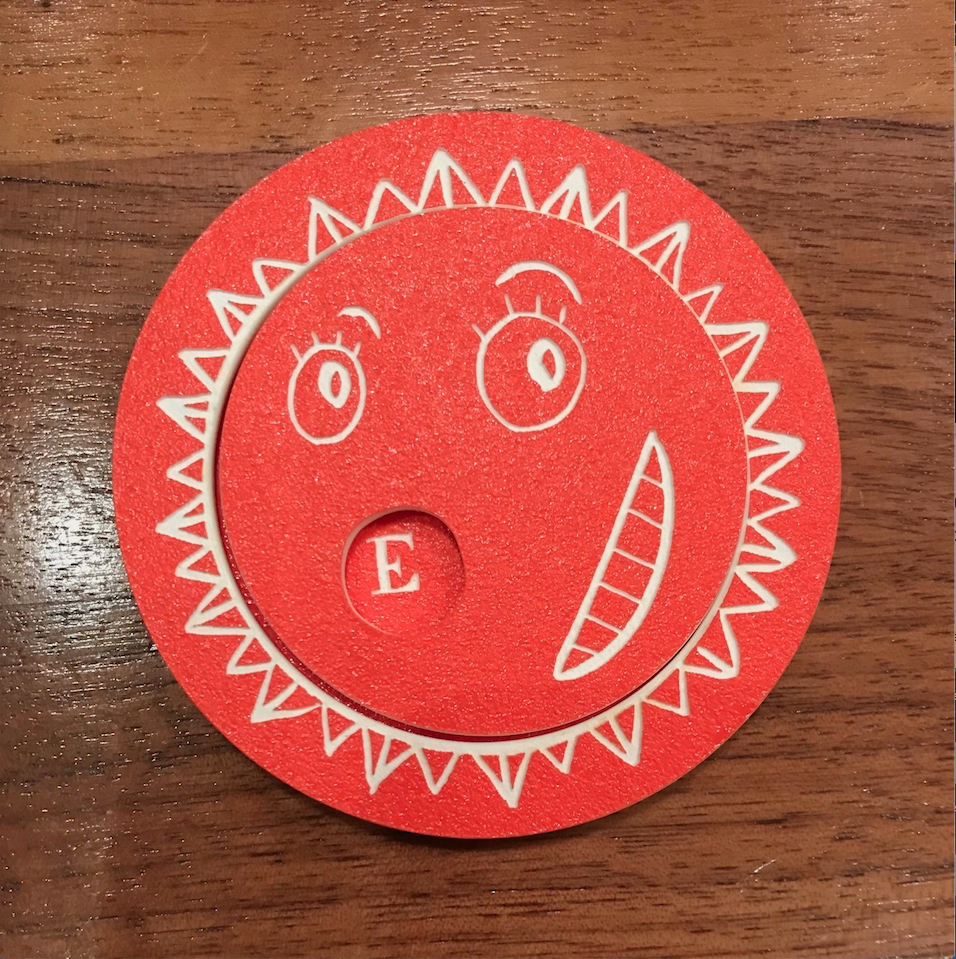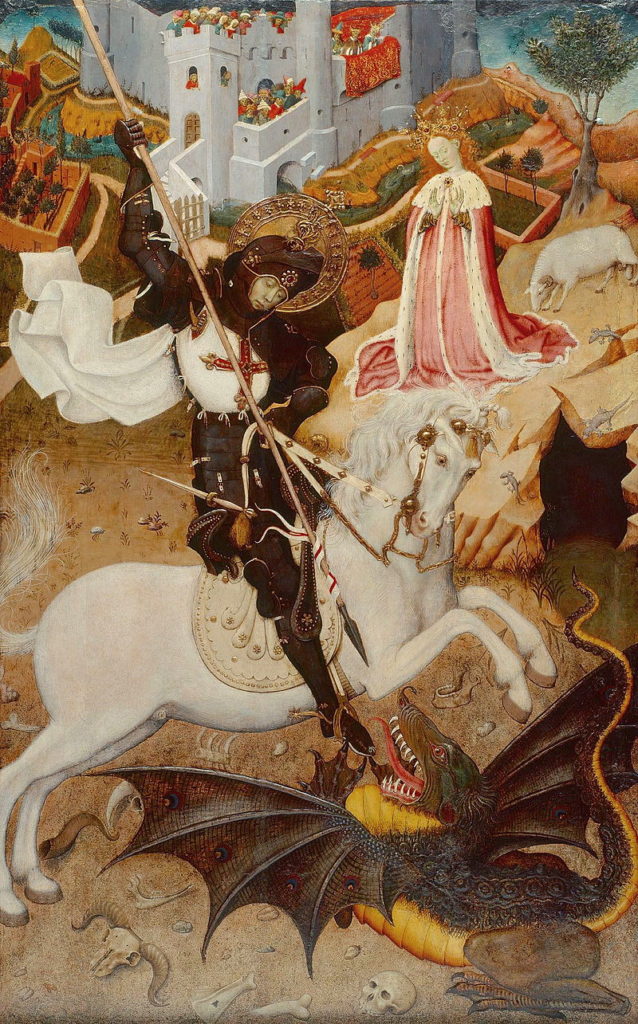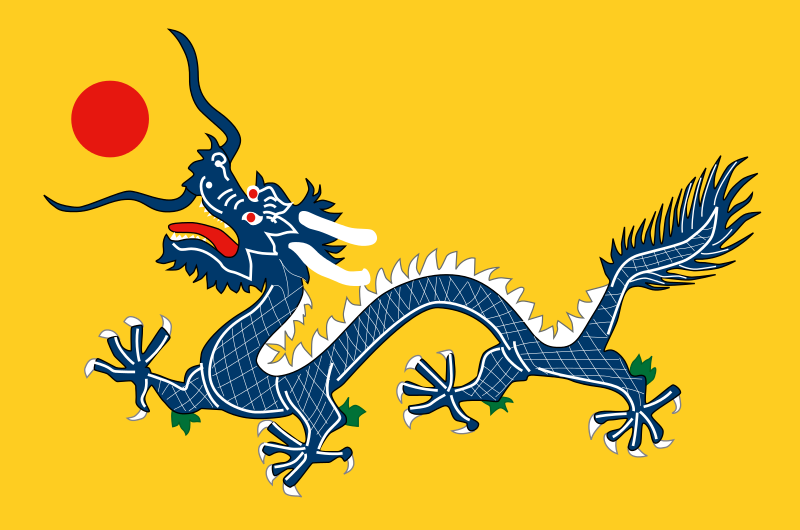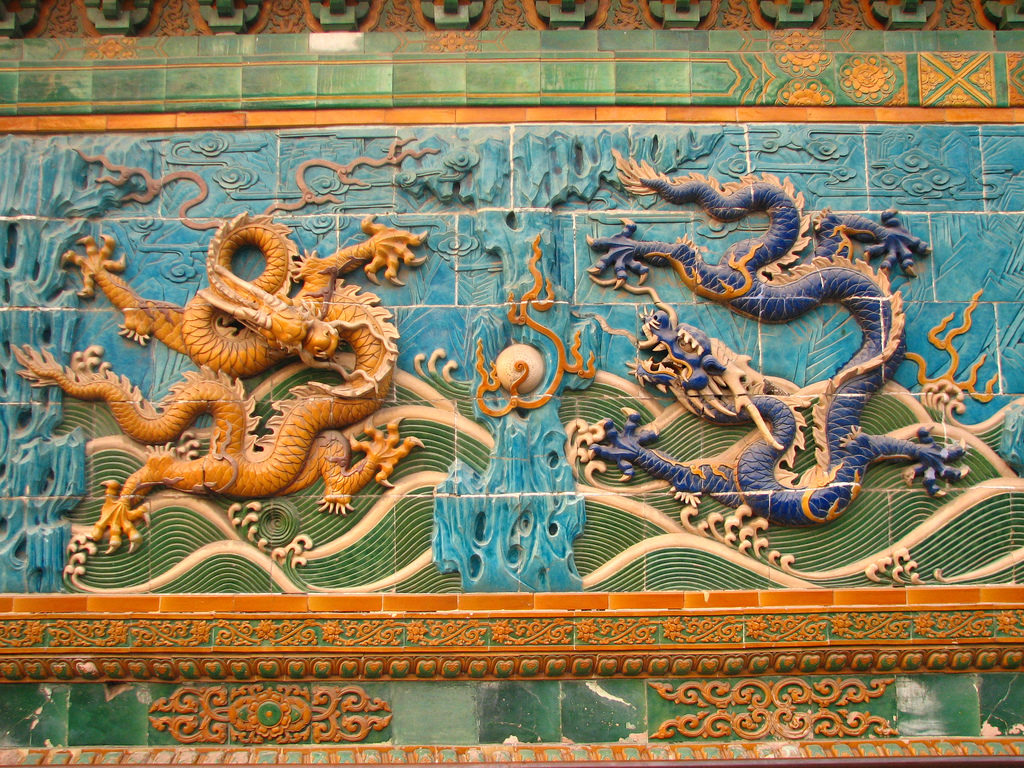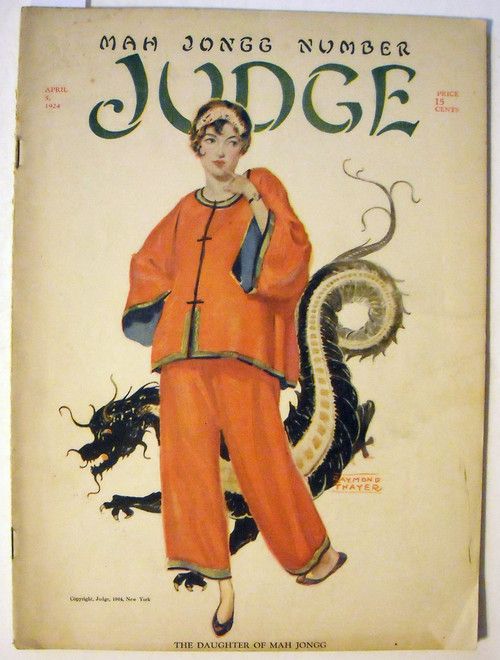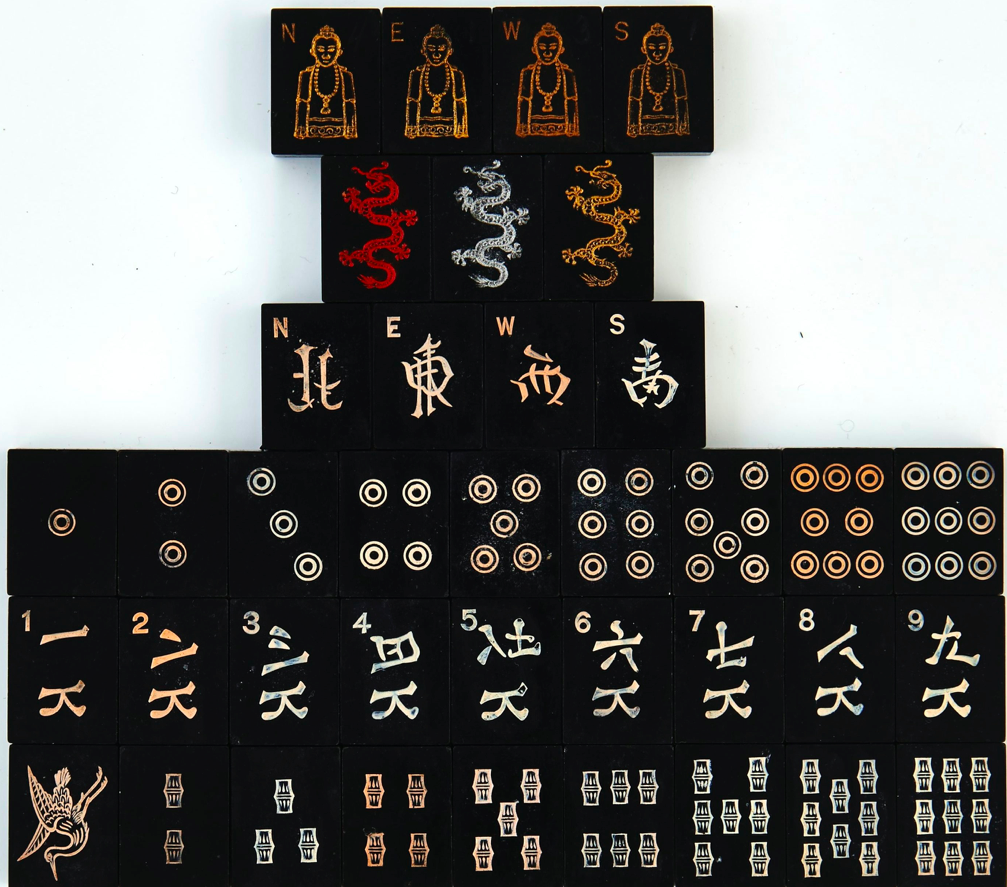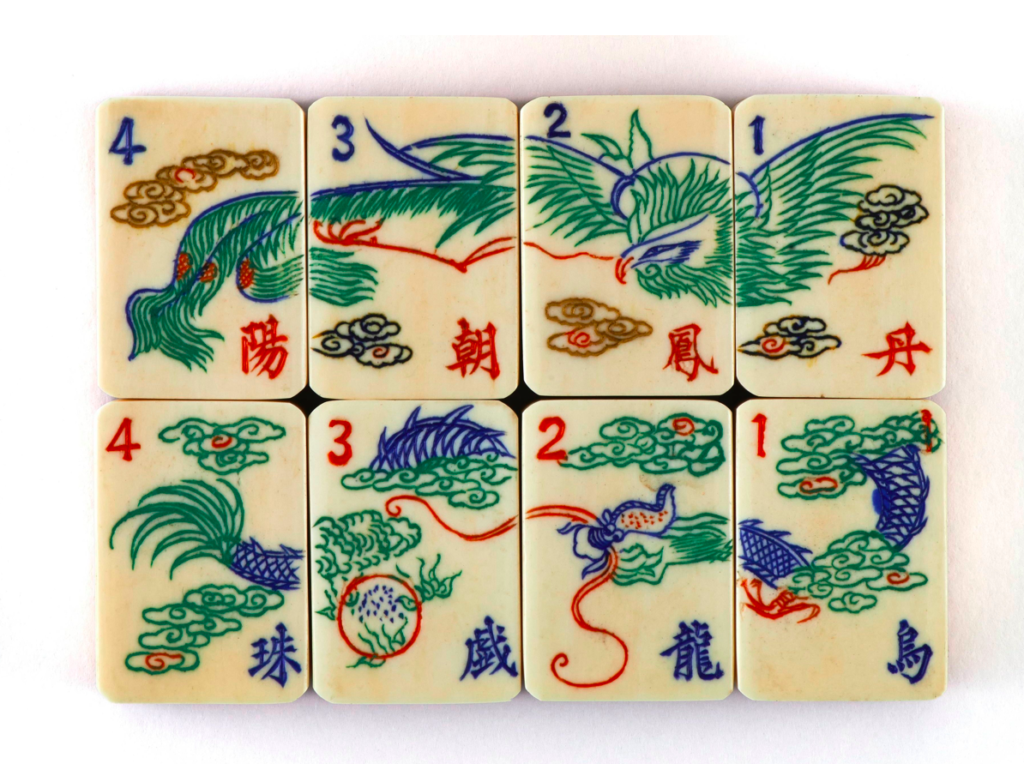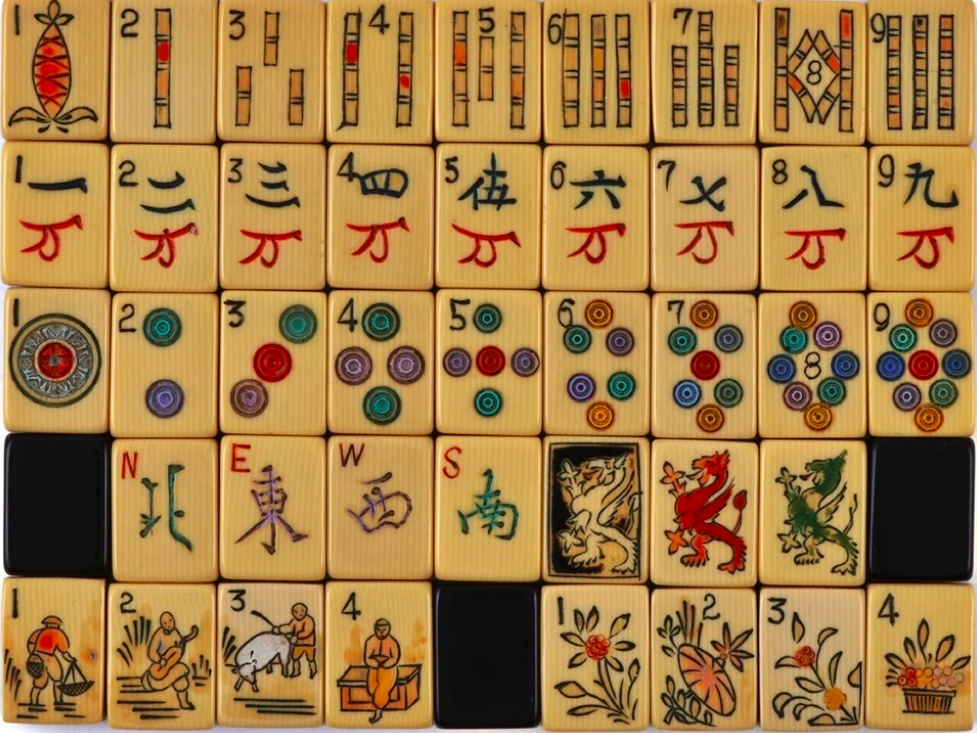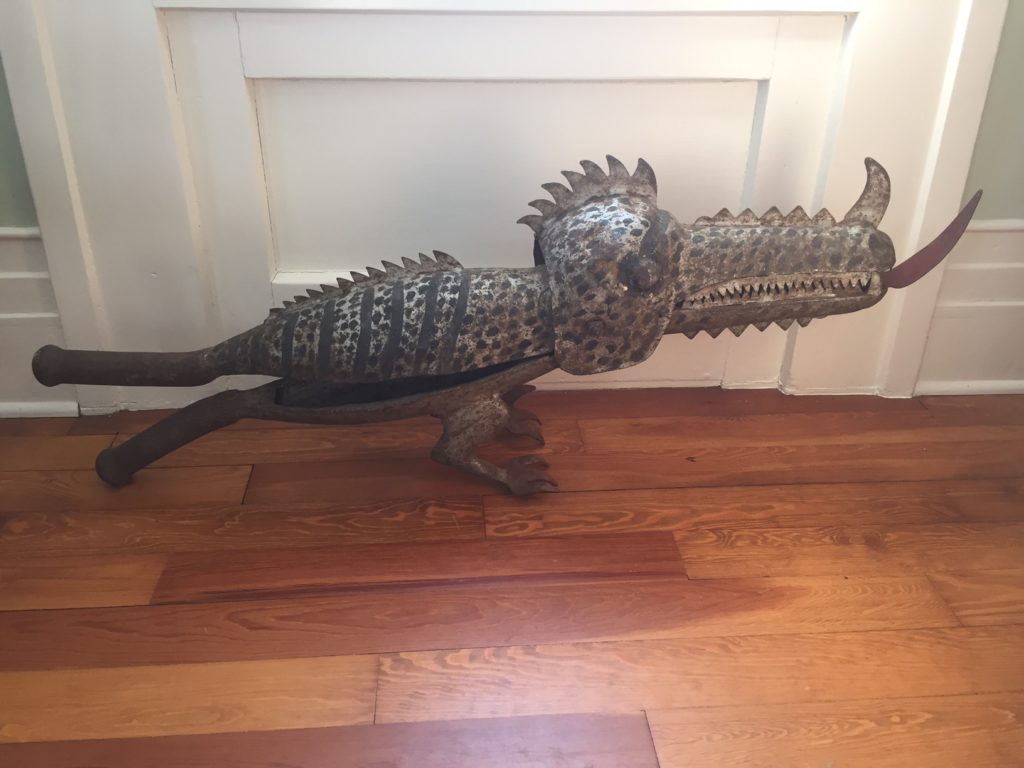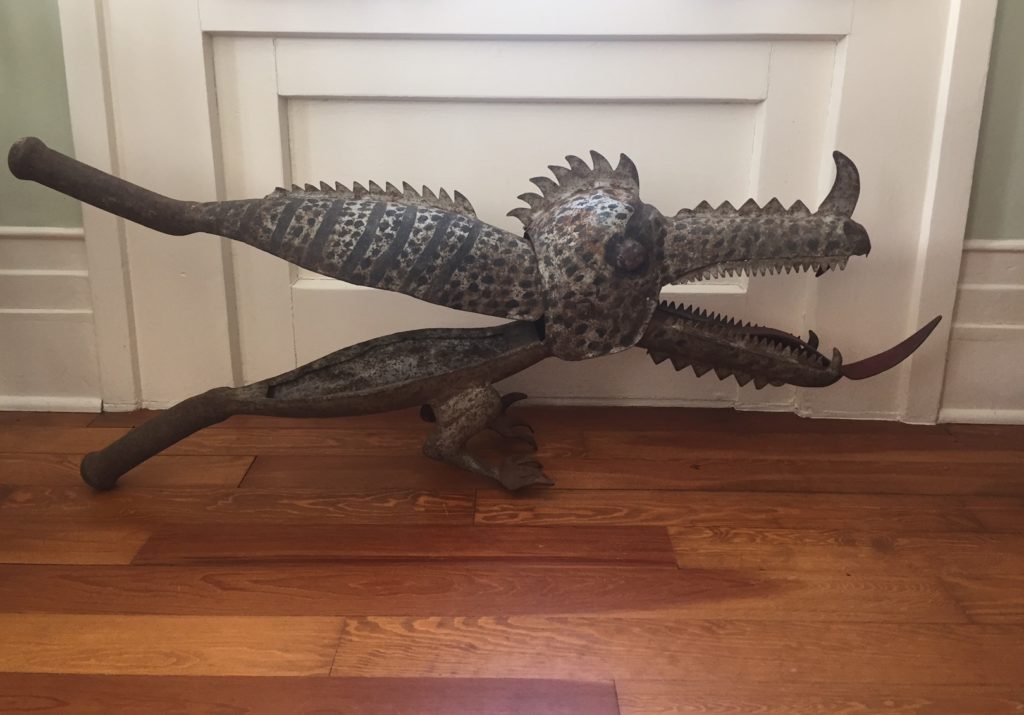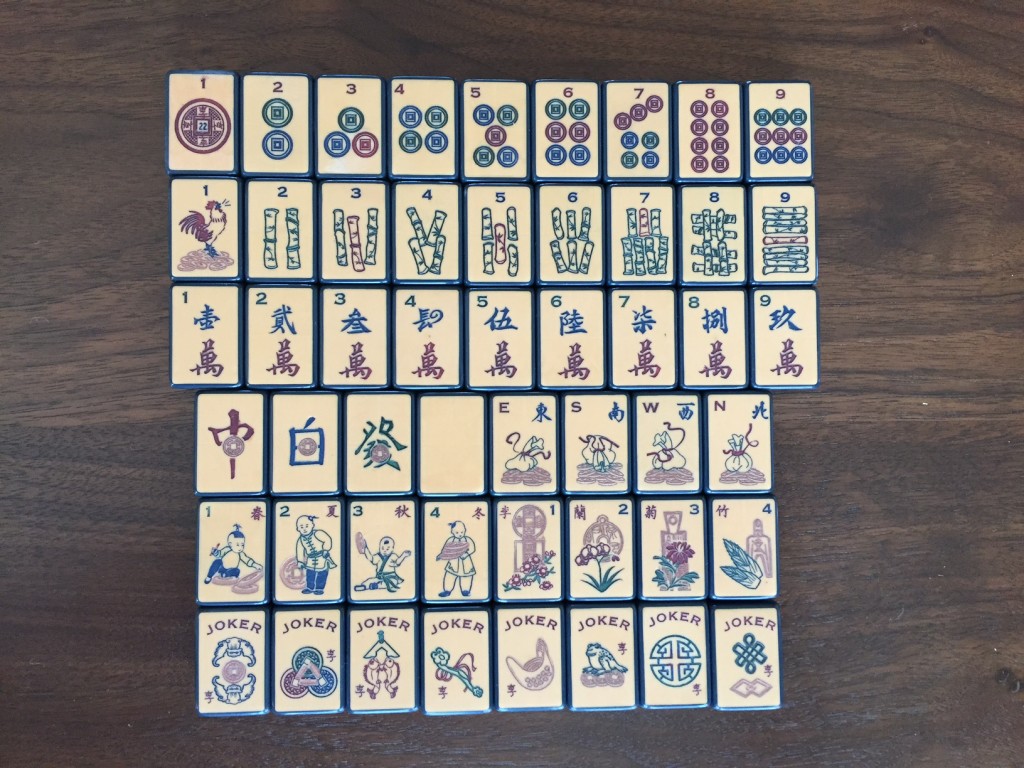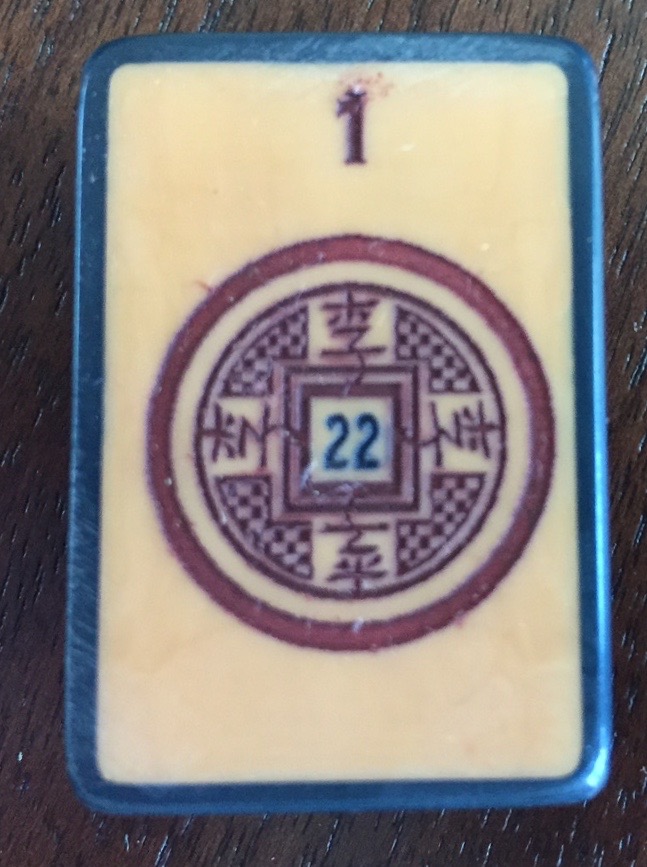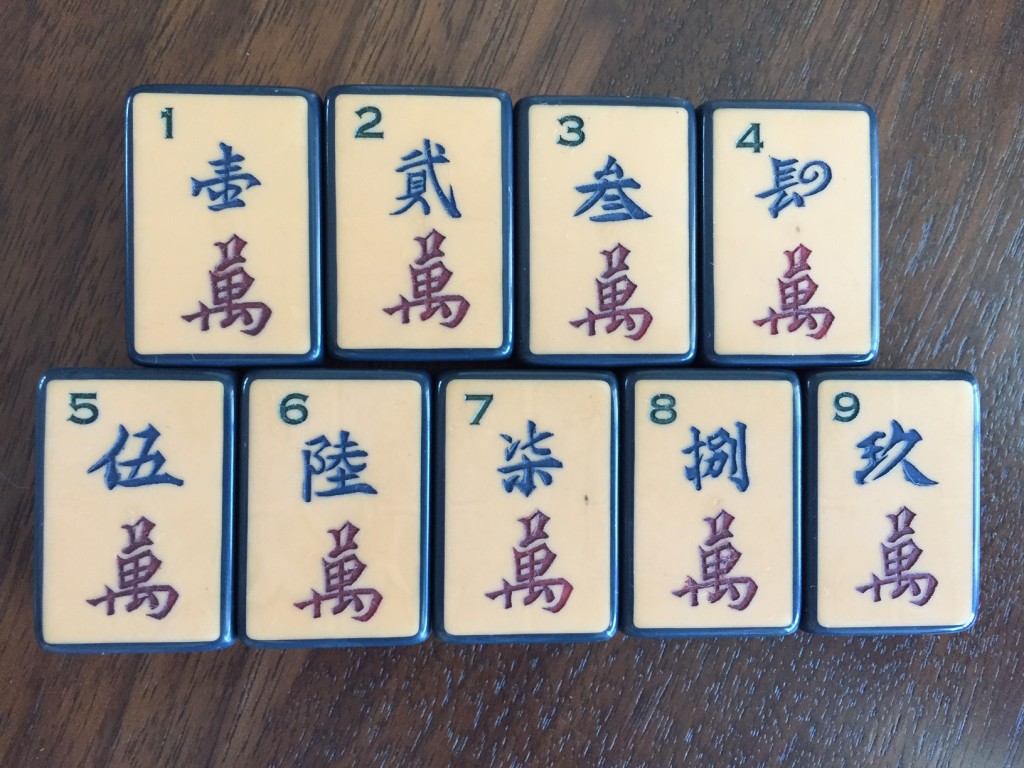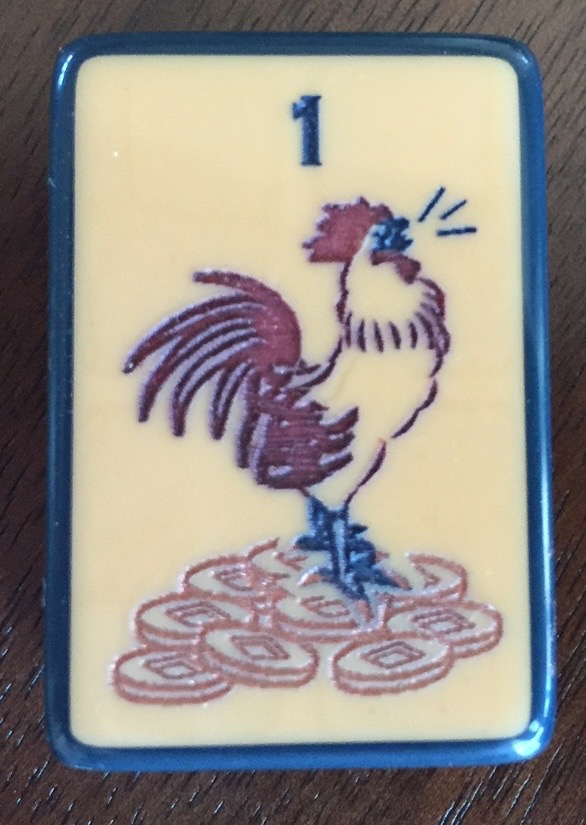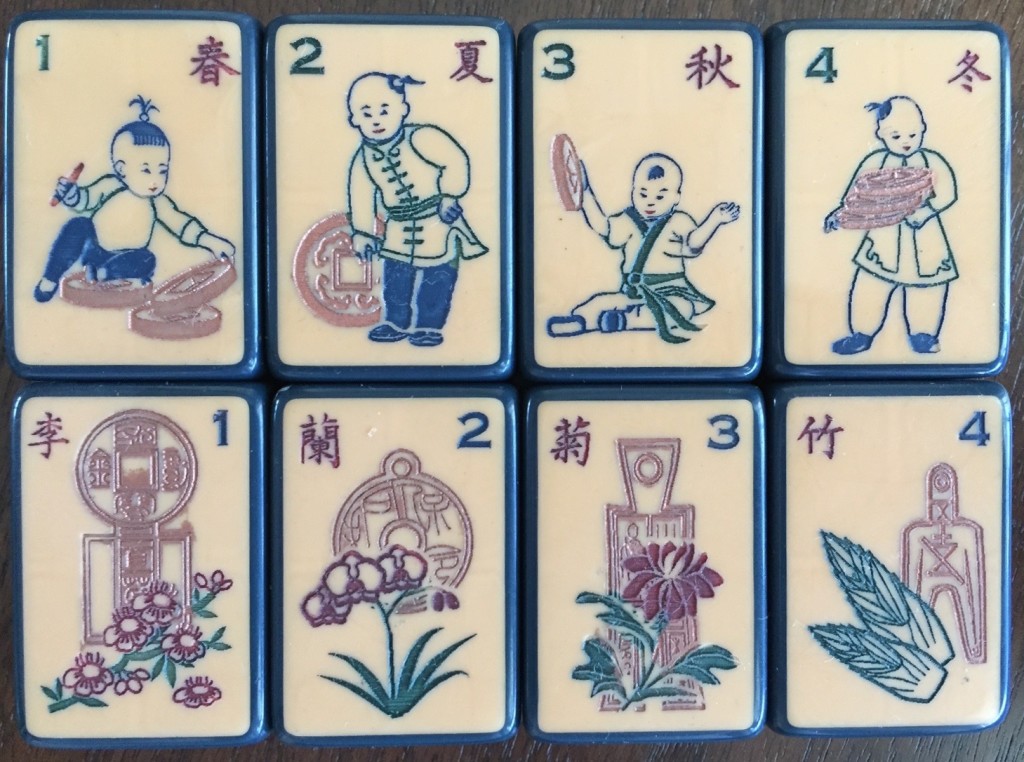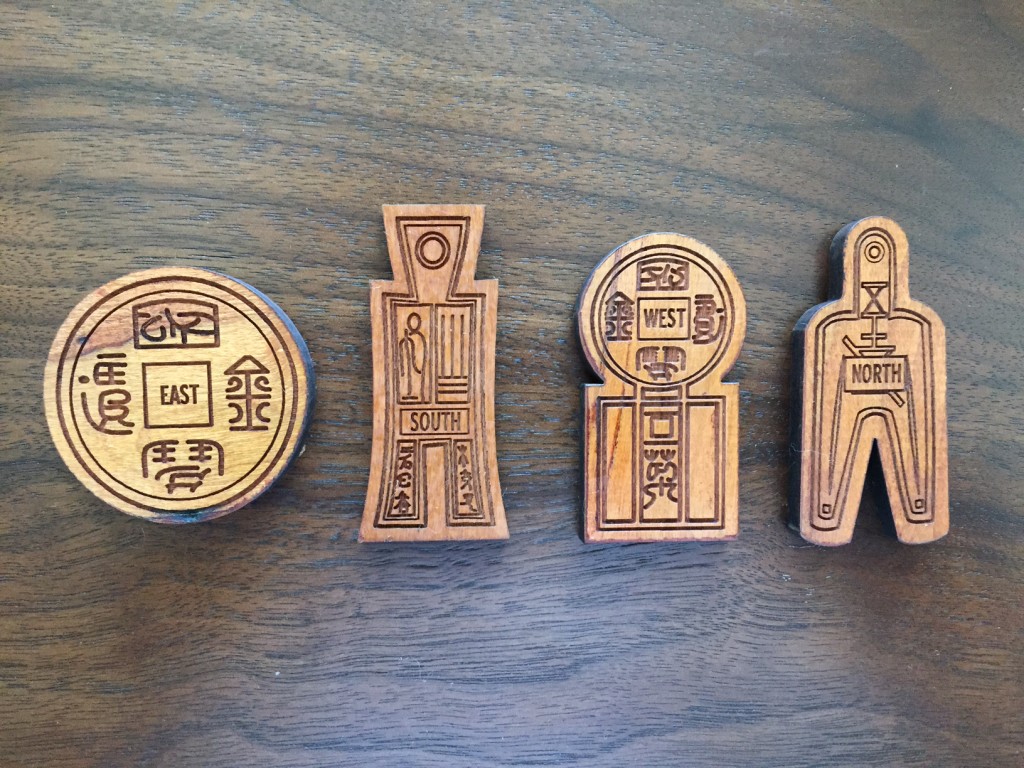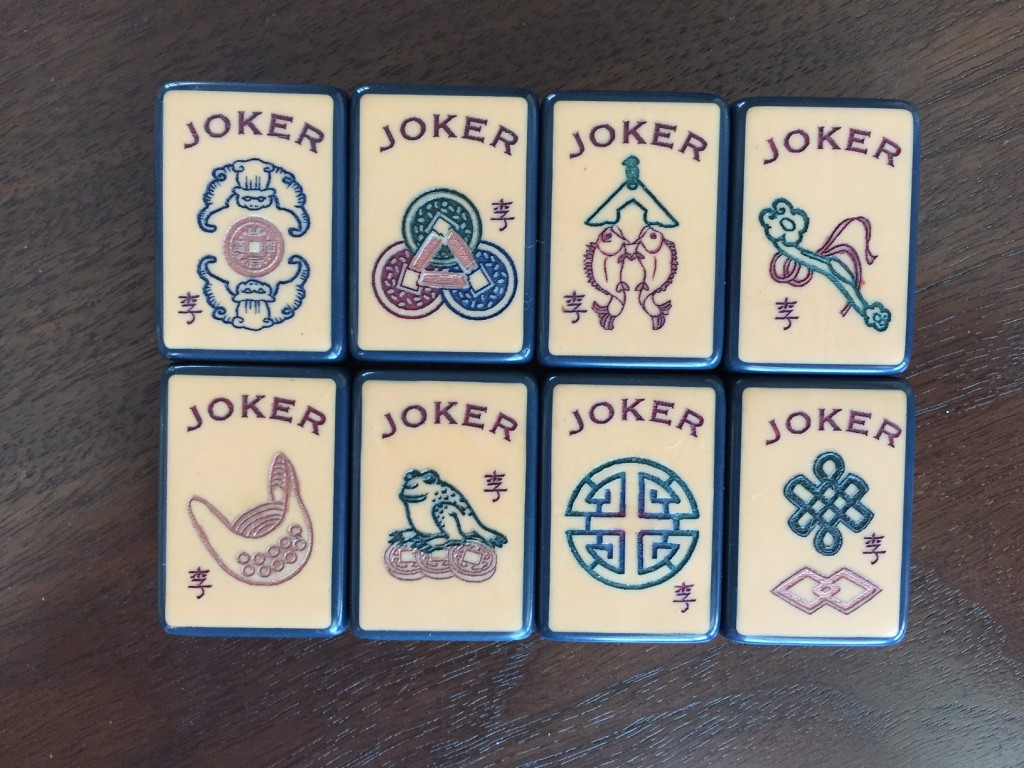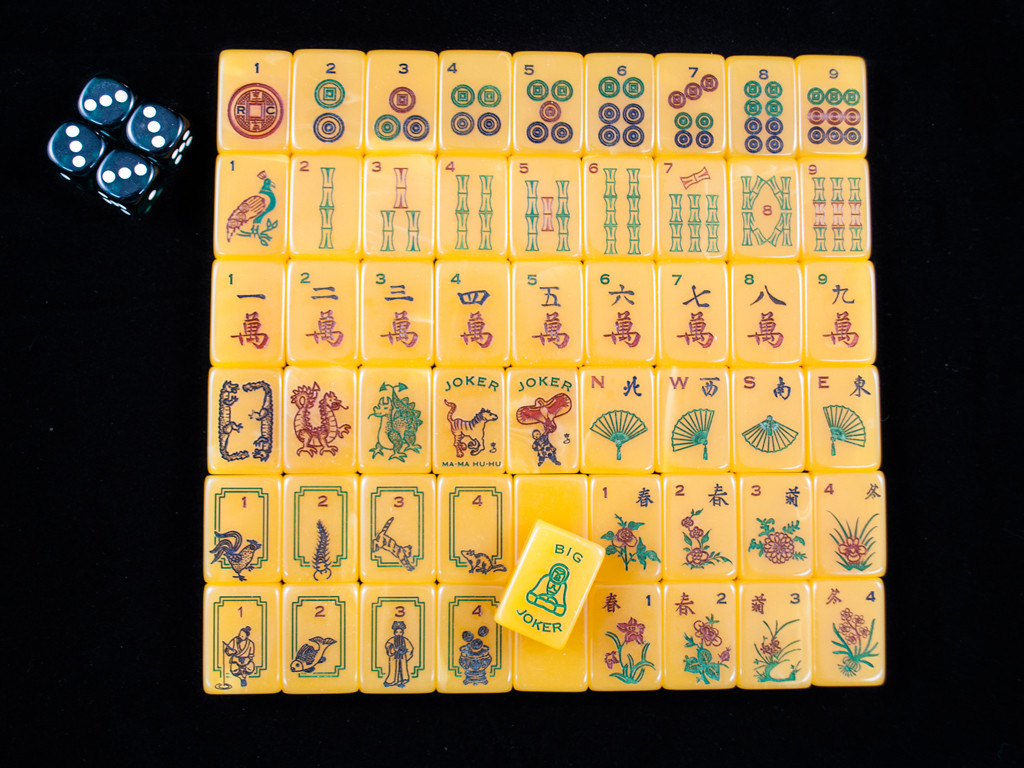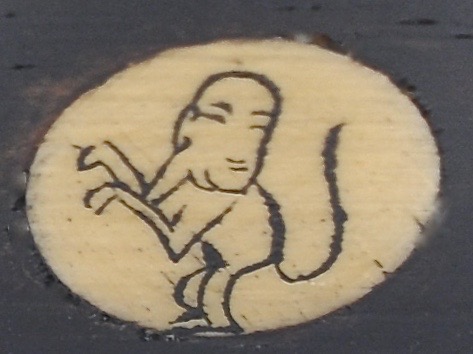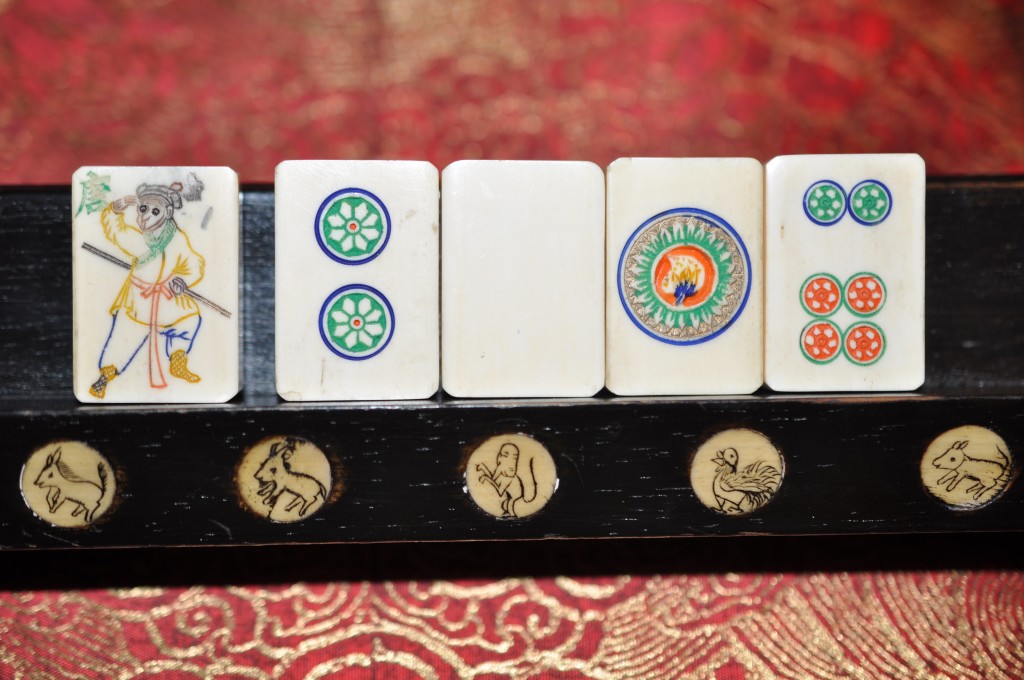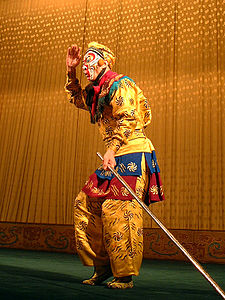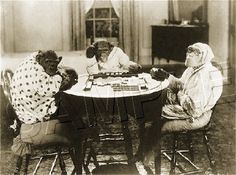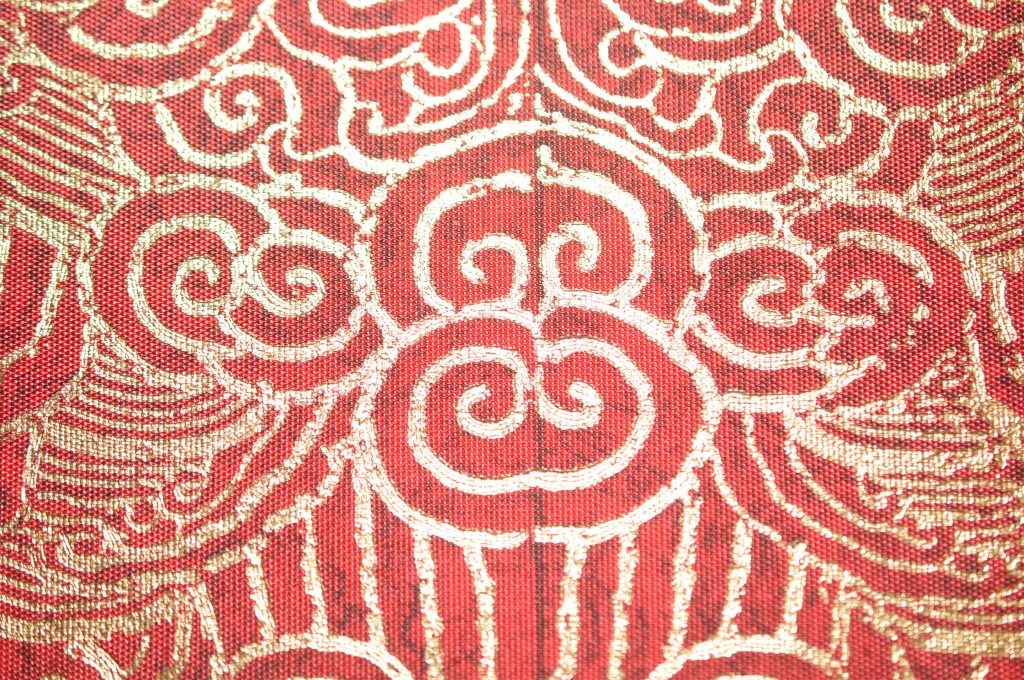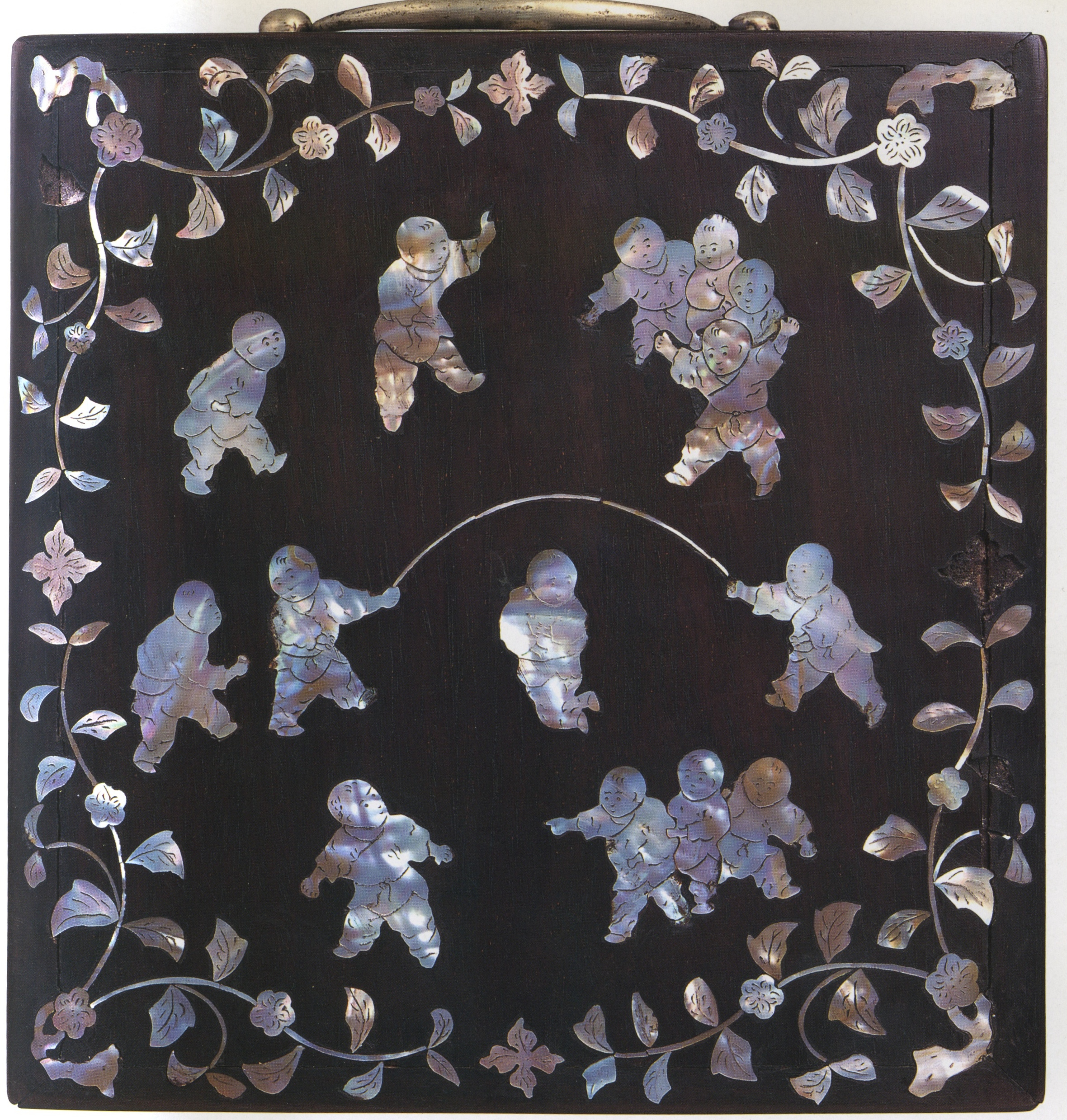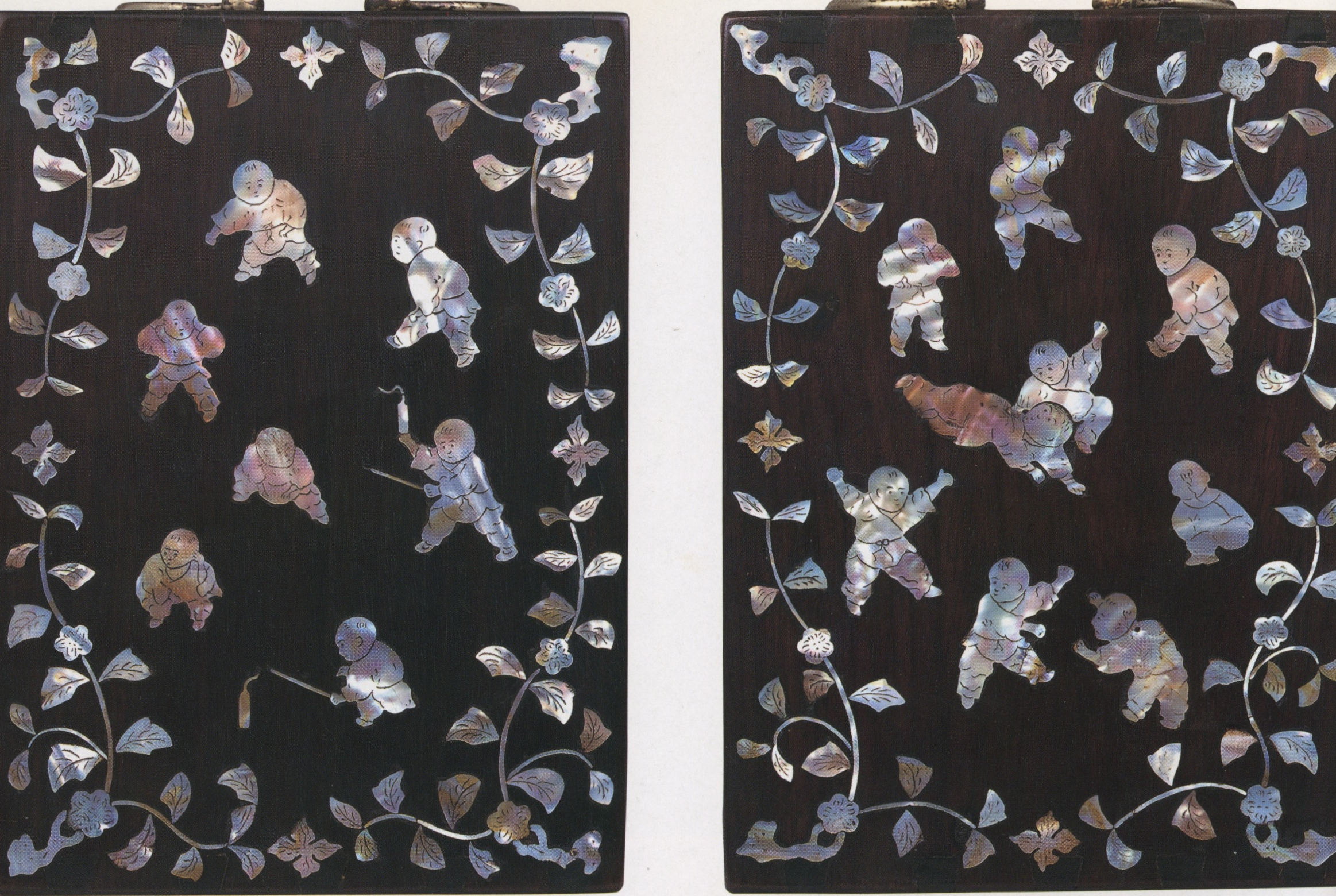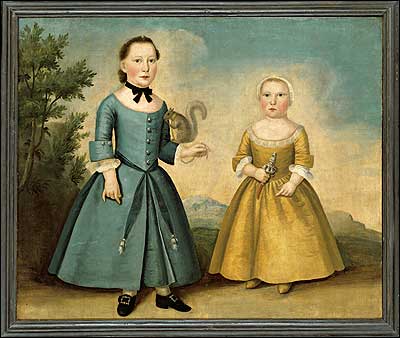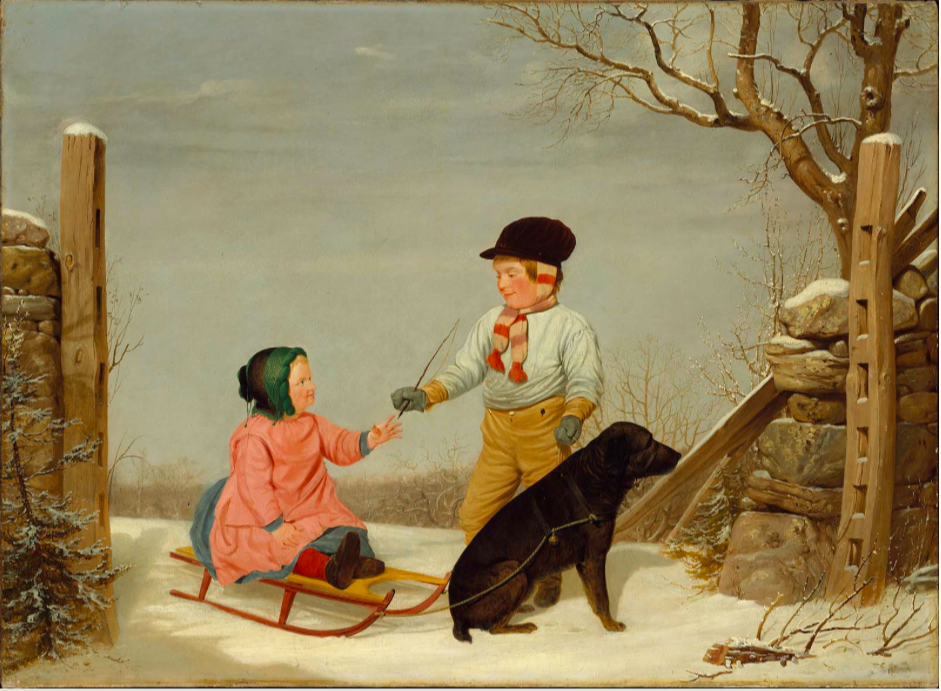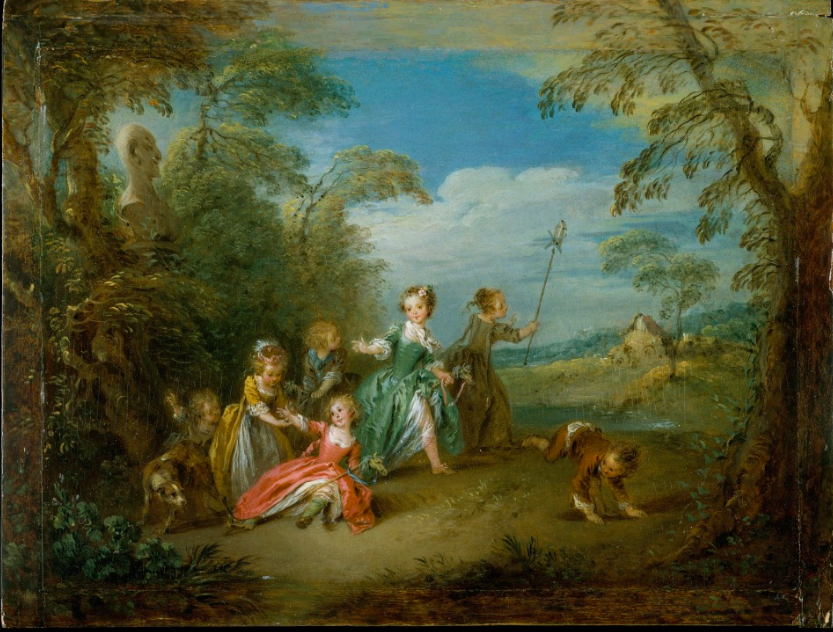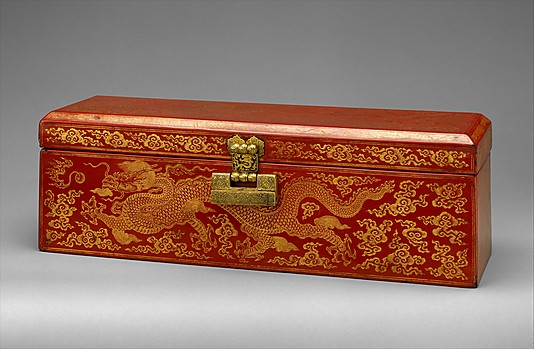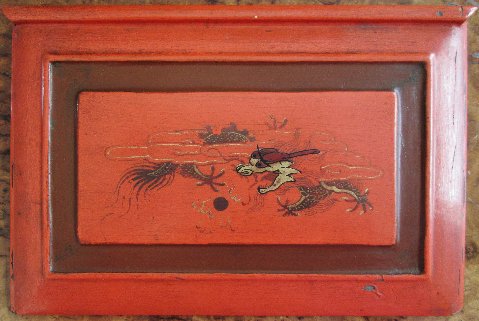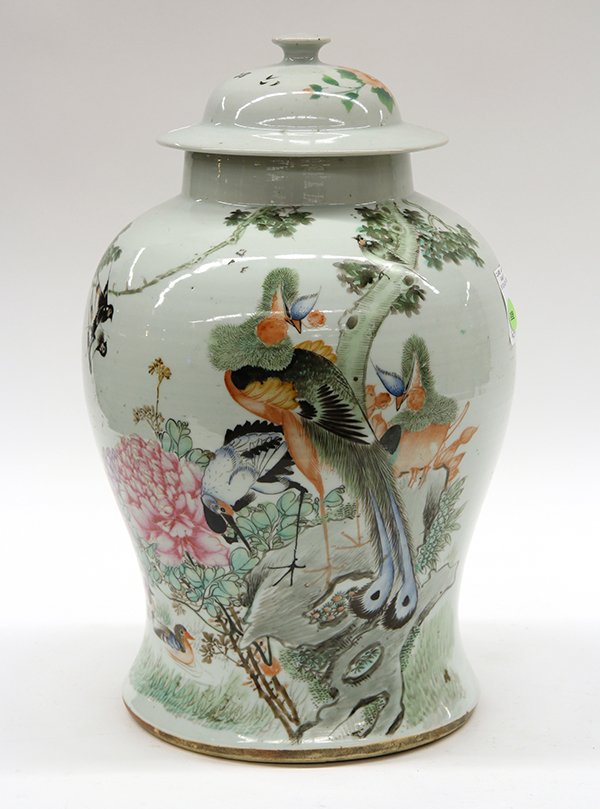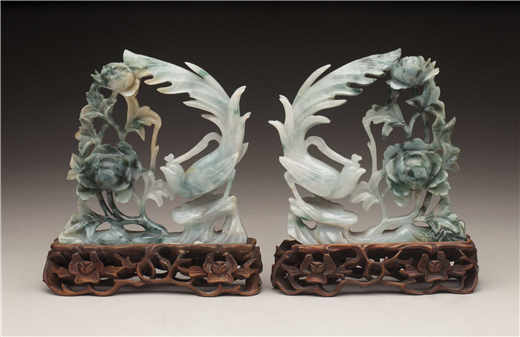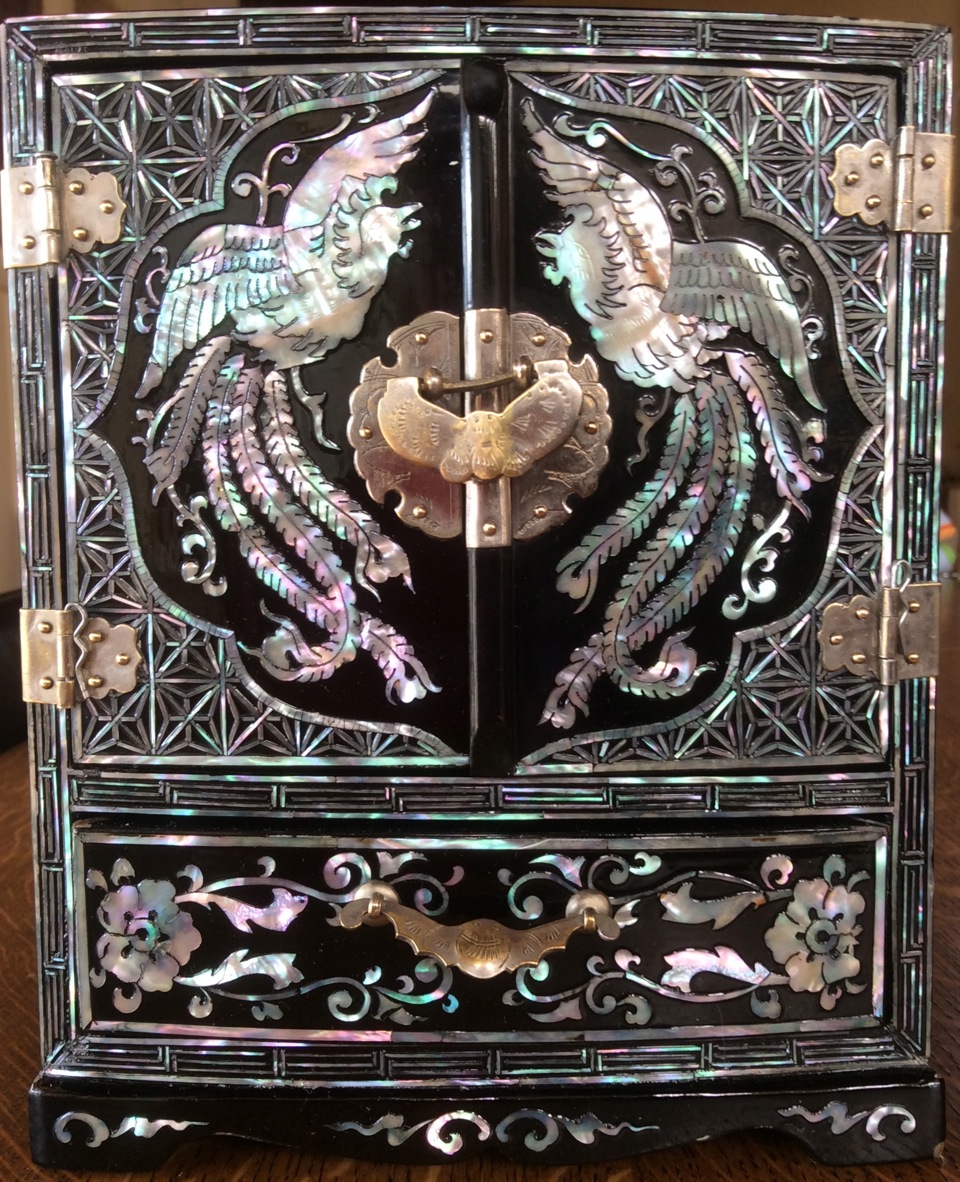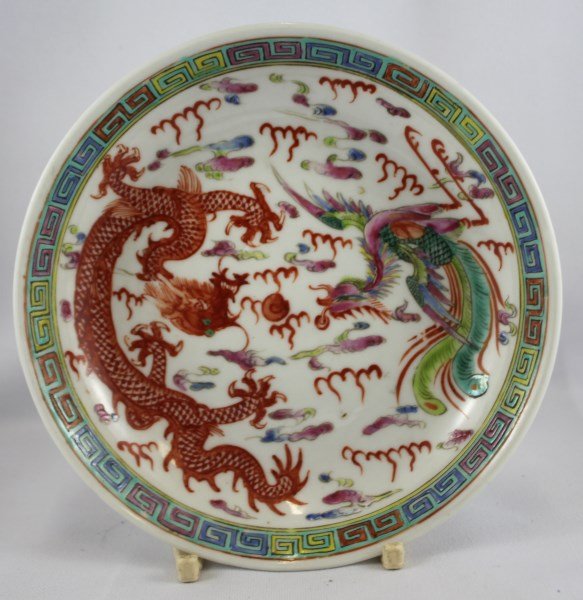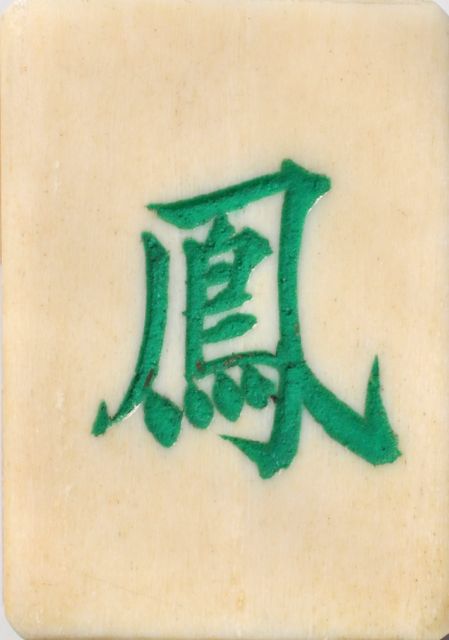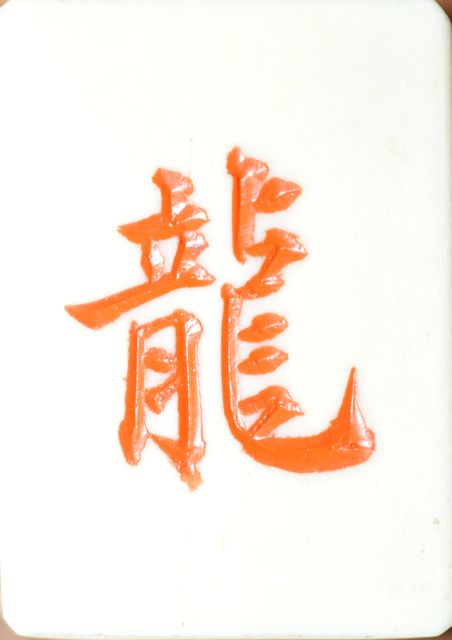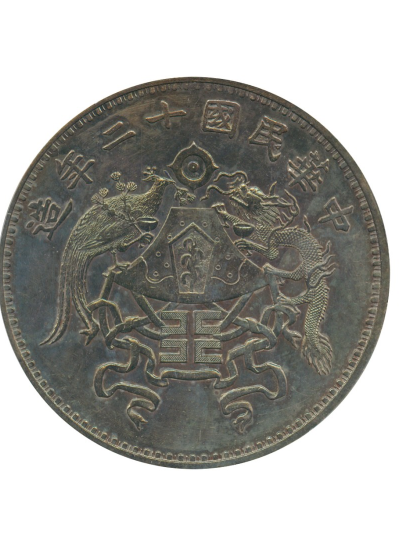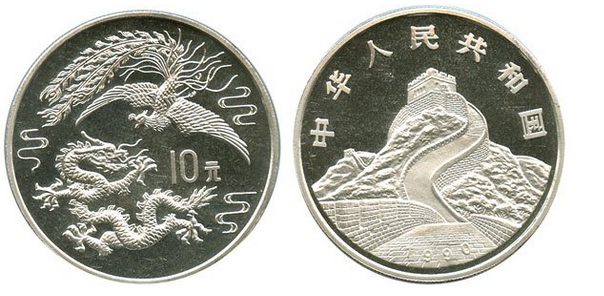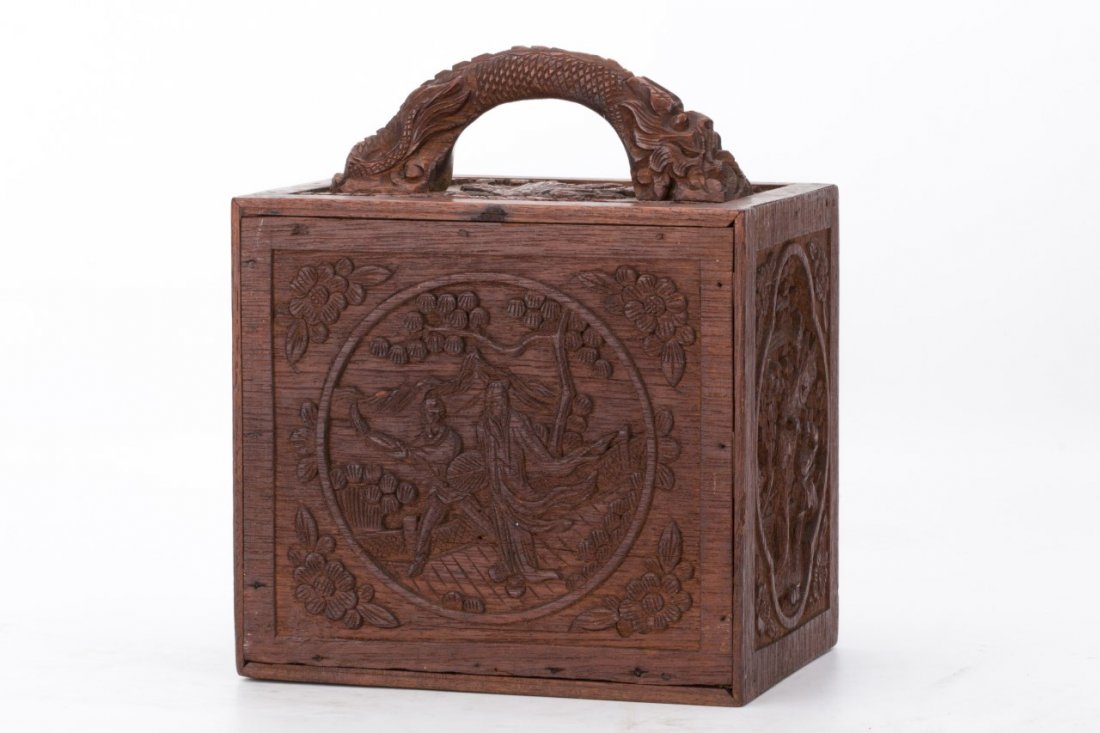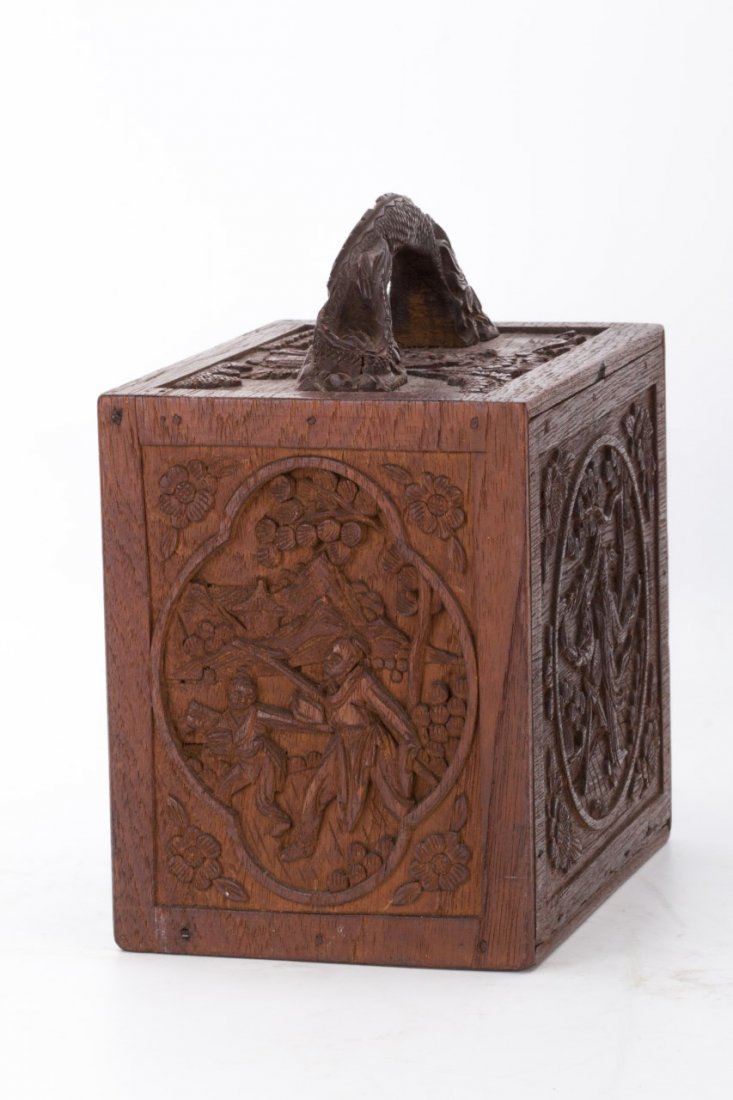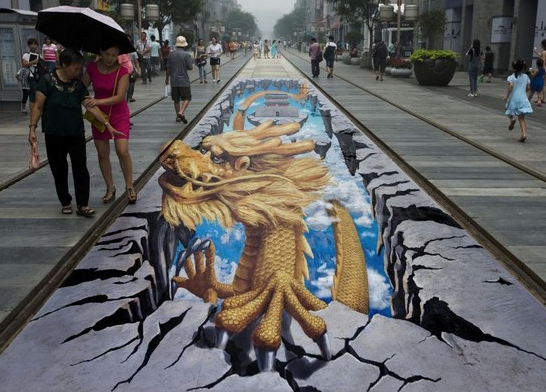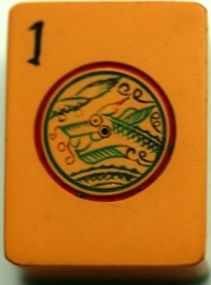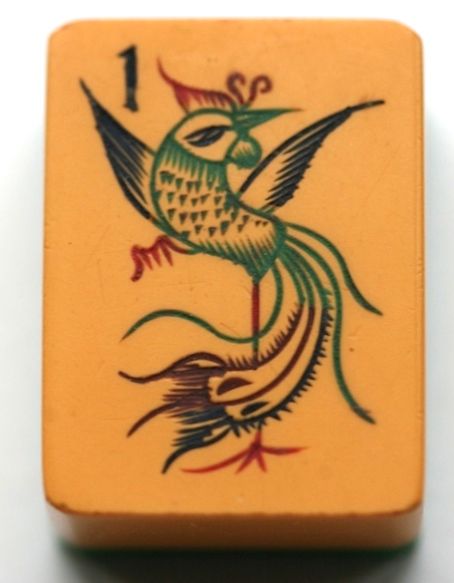Crisloid has been making mahjong sets here in the USA for years. For those of you who don't know, in the past they mass-produced sets for Ten Flowers, Lowe, Royal, Cardinal, and Eastern Distributors. Recently they made special limited-edition ones for Red Coin and MJLA. This is their latest, and I have to admit, for me, it was love at first sight. I can almost guarantee these tiles will bring a smile to everyone's lips. Known as the Trach/Bach set, it's named after its designers Robert Trachtenberg and Tom Bachtell. You can see how charming it is just by looking at the Joker. Many of us feel we multi-task, but look at this elephant who puts us all to shame: on its two hind legs, roller skating while yo-yoing. (I looked it up, this term exists.) For purposes of this post, I borrowed liberally from the Crisloid website:, including the following two paragraphs and all photographs of the tiles.
Renowned photographer and Emmy-award winning director Robert Trachtenberg learned to play mahjong two years ago. This quickly evolved into a weekly game with a group of rabid “mahj” enthusiasts. Between them, they have at least fifteen vintage sets— and a lot of Trachtenberg’s money. When he began searching for a set of his own, he soon learned that however beautiful, they were pretty much all variations on the standard theme.
Determined to create a one-of-a-kind mahjong set from scratch, Trachtenberg has reimagined every tile with wit, flair, and a riot of color. Collaborating closely with legendary illustrator Tom Bachtell (whose work has been featured in The New Yorker magazine for over twenty years) and the team here at Crisloid in a creative partnership, we’re sure you’ll love the result — a hand-painted, wildly original, inventive take on the classic game.
It's not easy to come up with variations on a theme for mahjong sets. Tiles have to be recognizable for what they are. I was enchanted by their creative take on designs, and I quickly caught on to what was what. Let's start by looking at the Dots.
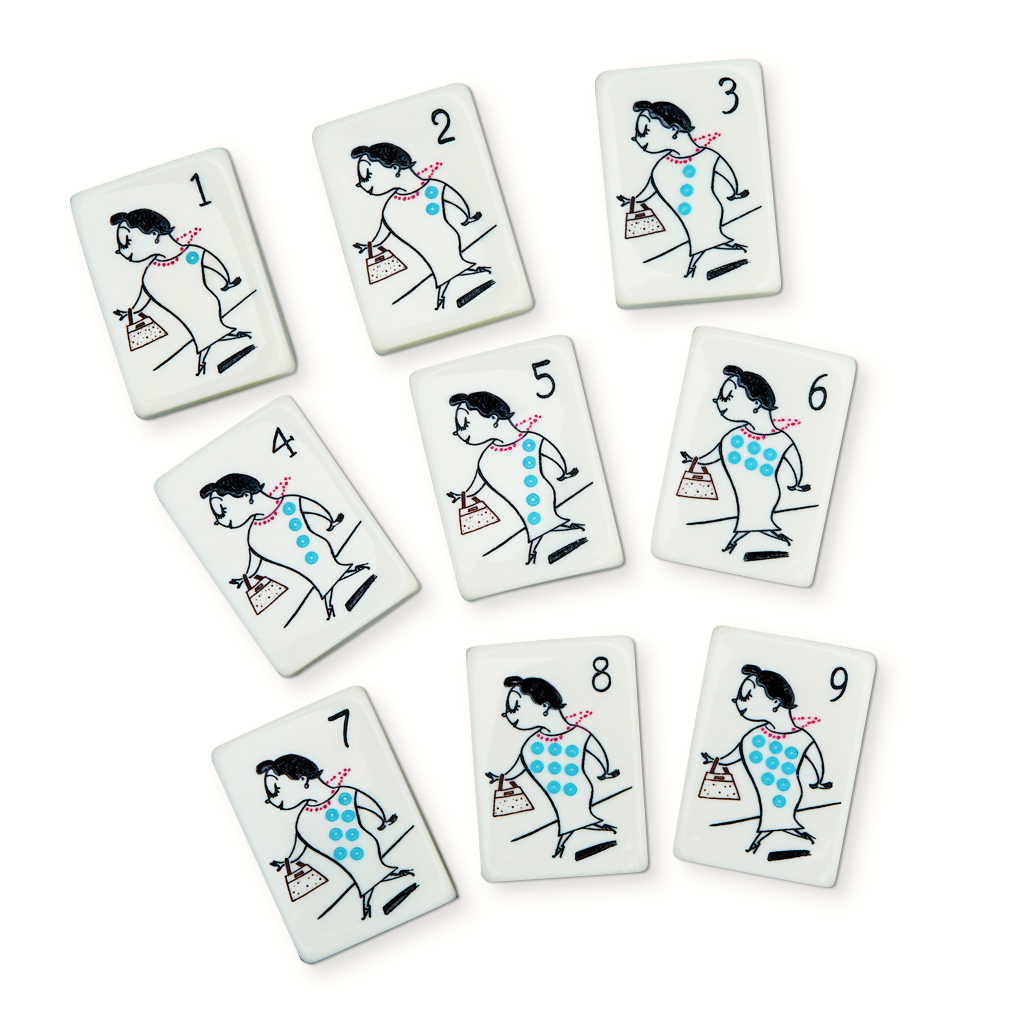
The number of dots on her dress changes, as does their placement, making it easy to see which tile is which. Don't you think this lady is off to her mahjong game, a bit late? You see her necklace flying as she quickly makes her way. Her NMJL card can easily fit into her purse, right?
Time for the Bams: pandas eating bamboo stalks, as they are wont to do.

Each and every panda is adorable. Look at the guy sitting in the Adirondack chair! And the expression of the one on #7 is too much.
The Craks, usually the dullest of the tiles, have a chance to shine. Here they're fabulous.
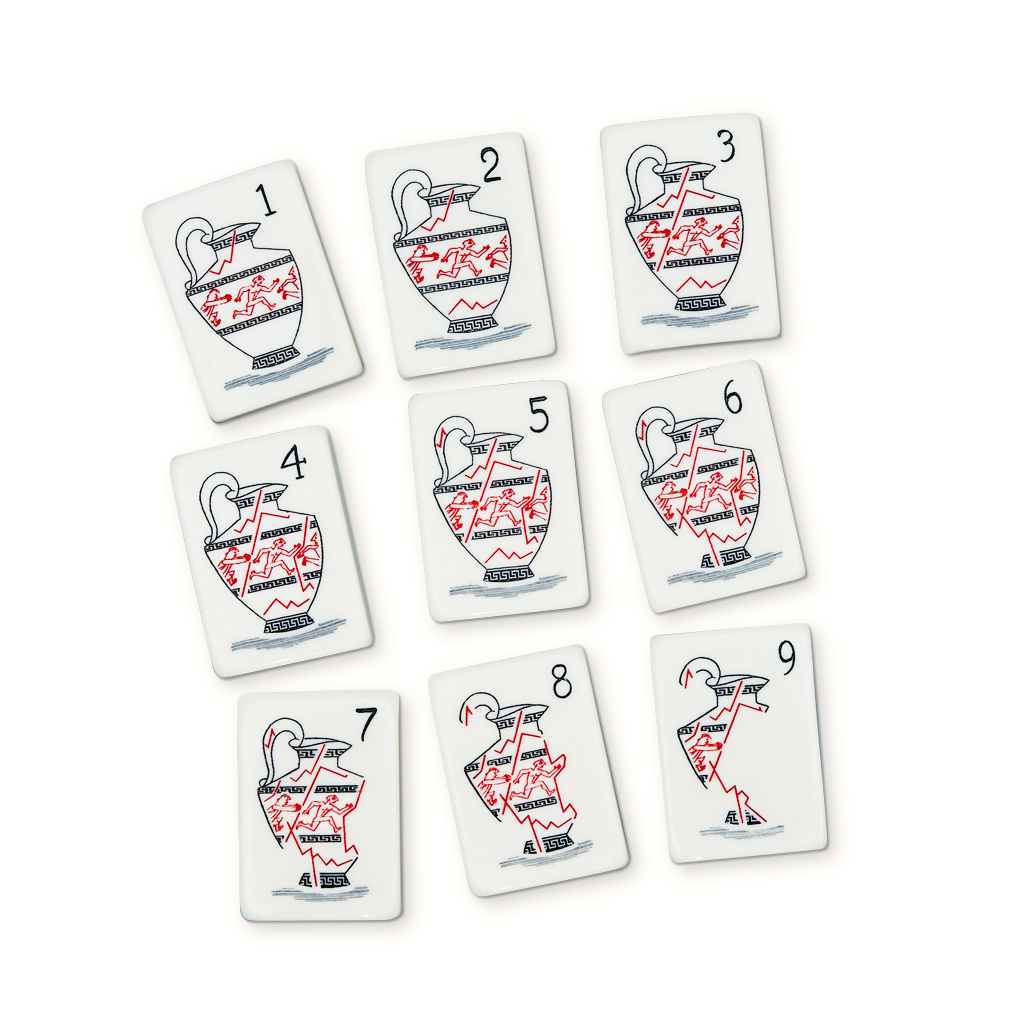
See how the number of cracks are the same as the Crak number, at least as long as the vase is still whole. But eventually the cracks take their toll. Number 9 is just barely a recognizable pitcher, so don't rush to put any water in it. Counting the number of cracks reminded me of that visual game mystery: "What is different in these two illustrations?" But I cracked it! (Sorry, couldn't help myself.) You can count the number of injuries to the vase.
And now for the Dragons, which really had me laughing out loud.

The White is a bar of soap. It has soap written on it, but you can see bits of the frame that often stands in for The White Dragon. Tom and Robert really "nailed it" (another pun, tho right on topic) ) with the Red guy buffing his claws. The Green Dragon one is flossing, something more of us need to remember to do.
The Flowers are beautiful, with their multi-colored palette.
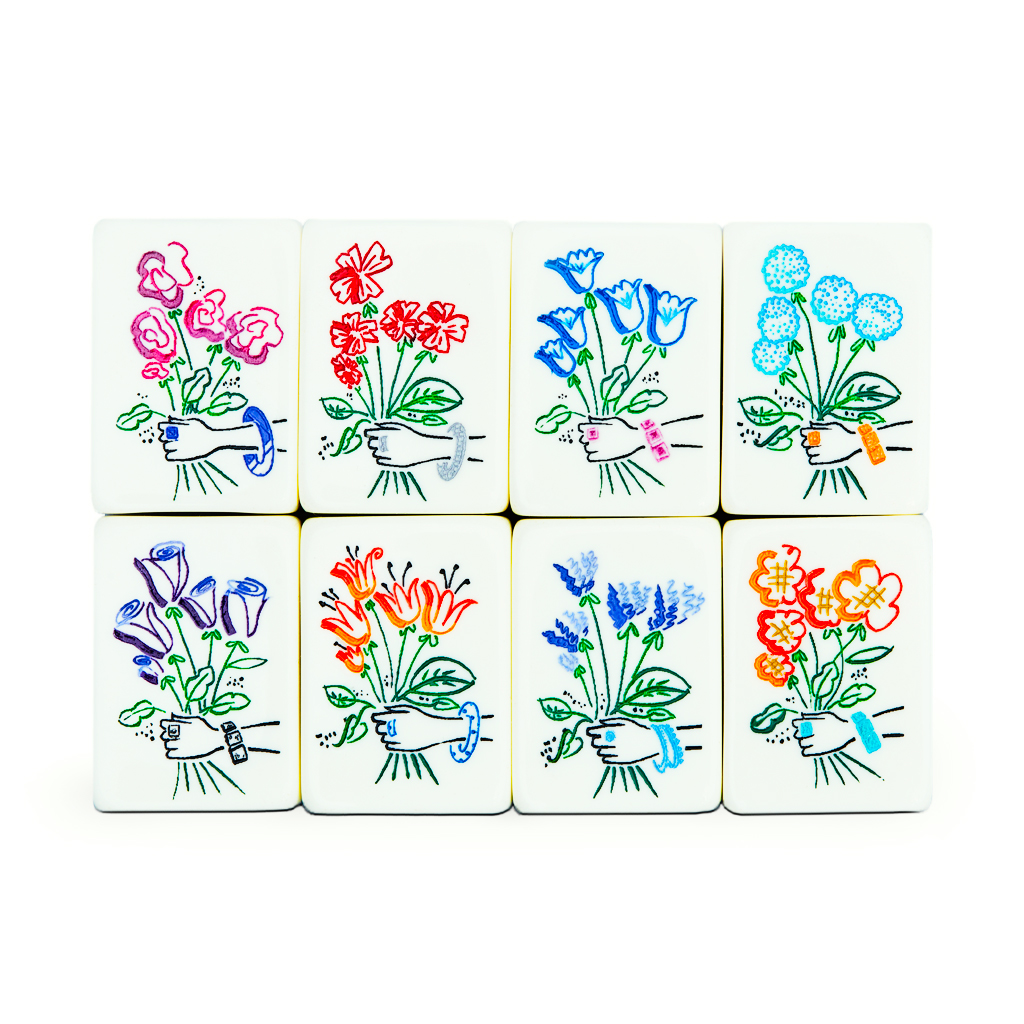
The ladies holding the floral bouquets have color-coordinated their rings to their bracelets. There is some mahjong jewelry there, if you look carefully.
Here's a delightful twist on the normally dull Winds.
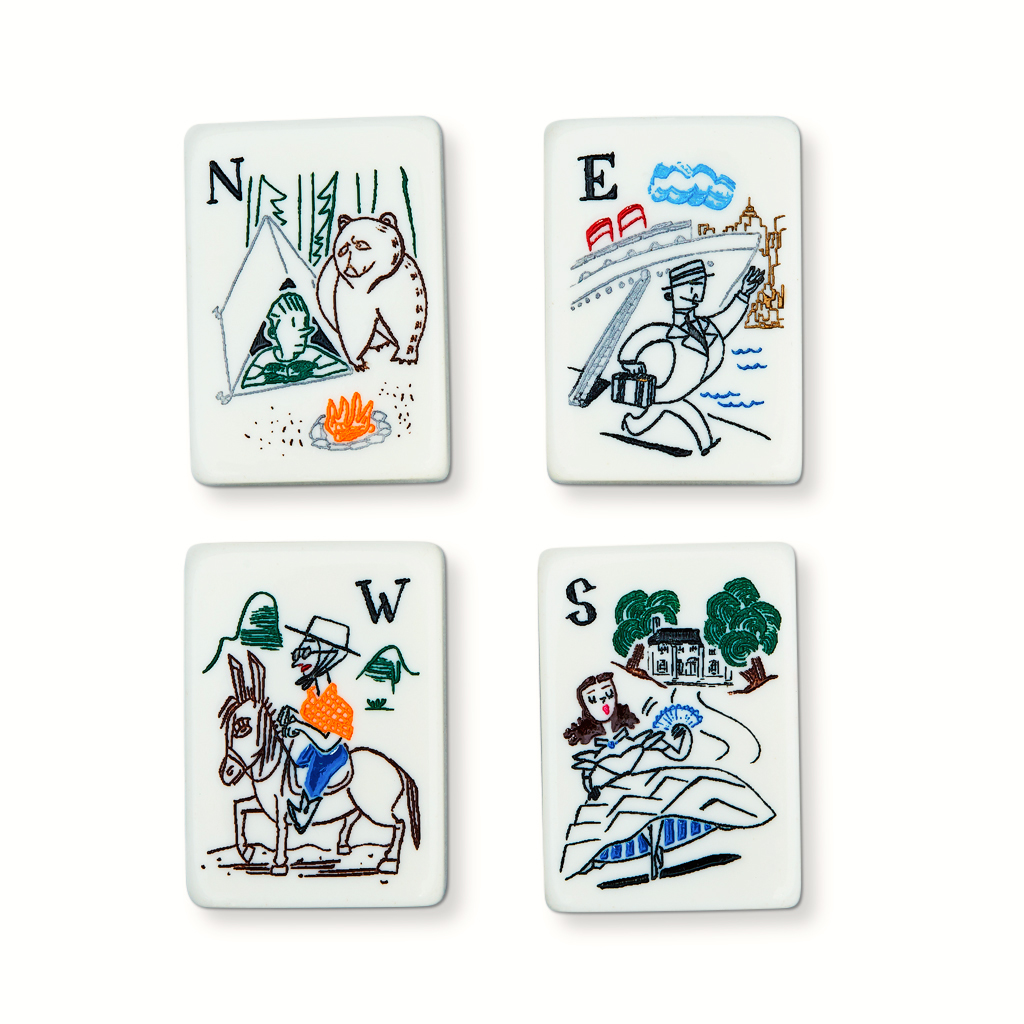
These are so inventive. We have four areas of the USA represented on the tiles. Two made me laugh out loud: the North's camper and the bear, and the East's jaunty fellow, just off the ocean liner, hailing a taxi (or at least that's my interpretation). The South's Scarlett is keeping cool, thanks to her fan, and that updraft, and I can feel that hot desert sun in the West. That detail of the sunglasses outside of the scarf is too funny.
This wind indicator should bring a smile to everyone's face. I may just have to start playing with one.
I know some people really just like playing with traditional sets-the tiles are easily recognizable and all the players need to do is to focus on their hands. But, given that many of us love art and giving our brains a work-out at the same time, this set should not to be overlooked. The tiles are big, allowing for those players with older eyes (myself included) can easily see them, and the visual differences on each allows us (nudges us?) into using our brains a bit more on every hand. A few of us played with one the other day, and it was a great fun, only requiring a tiny bit of extra focus. And the visual joy of playing with these tiles was an added bonus.
Both of the men responsible for designing the set told me a bit of background about how the set came to be.
Robert Trachtenberg:
“As an avid Mahj player, I was interested in the possibility of creating a set that would take a completely new visual approach to the game while still remaining accessible to any player. The first - and only - illustrator I thought of was Tom Bachtell with whom I had previously collaborated on my book, WHEN I KNEW. He didn’t (and to my knowledge still doesn’t) know the first thing about how to play, but he is such a creative giant, I think the idea of turning his work into something three dimensional intrigued him. The set was in development for about a year and I tested it out for several months with my regular Mahj group. Tom and I tweaked and adjusted and had the great team over at Crisloid turn this into a reality."
Tom Bachtell:
Robert has always had an appreciation for my art and sensibility, and vice versa; we’ve long followed each other’s work. In 2016, my LA-based-photographer-cum-editor-and-film documentarian friend called and said, “Tom, I’m going to ask you an odd question. What do you know about Mahjong?” What I knew about the game was my lifelong fascination with it as a cultural phenomenon — the 20s Mahjong craze I read about in my childhood TimeLife books, the 20th century urbanity, the Chinoiserie, the smart game with the noisy tiles that ethnic families loved to play, the bubbies who played it at the deep end of our swimming club’s pool next to the shuffleboard, the wonderful tile designs. I’d never actually played it. Robert presented the idea of doing a sort of American take on it, but with our combined sensibility —- I was surprised it had never been accomplished before. We quickly got started, and it proved to be an excellent distraction from my regular work. Robert is a Mahjong maven, and involved all his Mahjong pals for guidance and testing out my designs. I discovered that some of my own friends play it. I came to know the quirks of the game, as well as the quirks of engraving miniature drawings. It was a fascinating process. Plus, Robert is fun and smart and funny, so he’s a joy to work with. It’s a great pleasure to see it produced, and the delight people are finding in it. And now I belong to a Facebook Mahjong page.
The set has gotten a lot of write-ups, including in the New York Times and American Express's Departure Magazine.
For more information about this talented two-some, you can click on these links.
https://www.roberttrachtenberg.com/biography
https://tombachtell.com/home.html
To learn more about Crisloid, click the link below.
https://crisloid.com/product/trach-bach-mahjong/

